“We’re like an old rock band.
We each get to solo, but we
really play as an ensemble.”
—Richard Trethewey
This Old House’s first broadcast, of the crew’s renovations on the Dorchester House, aired locally in February 1979— the same year, fittingly, that the band Men at Work formed. That band is no more, but the guys play on.
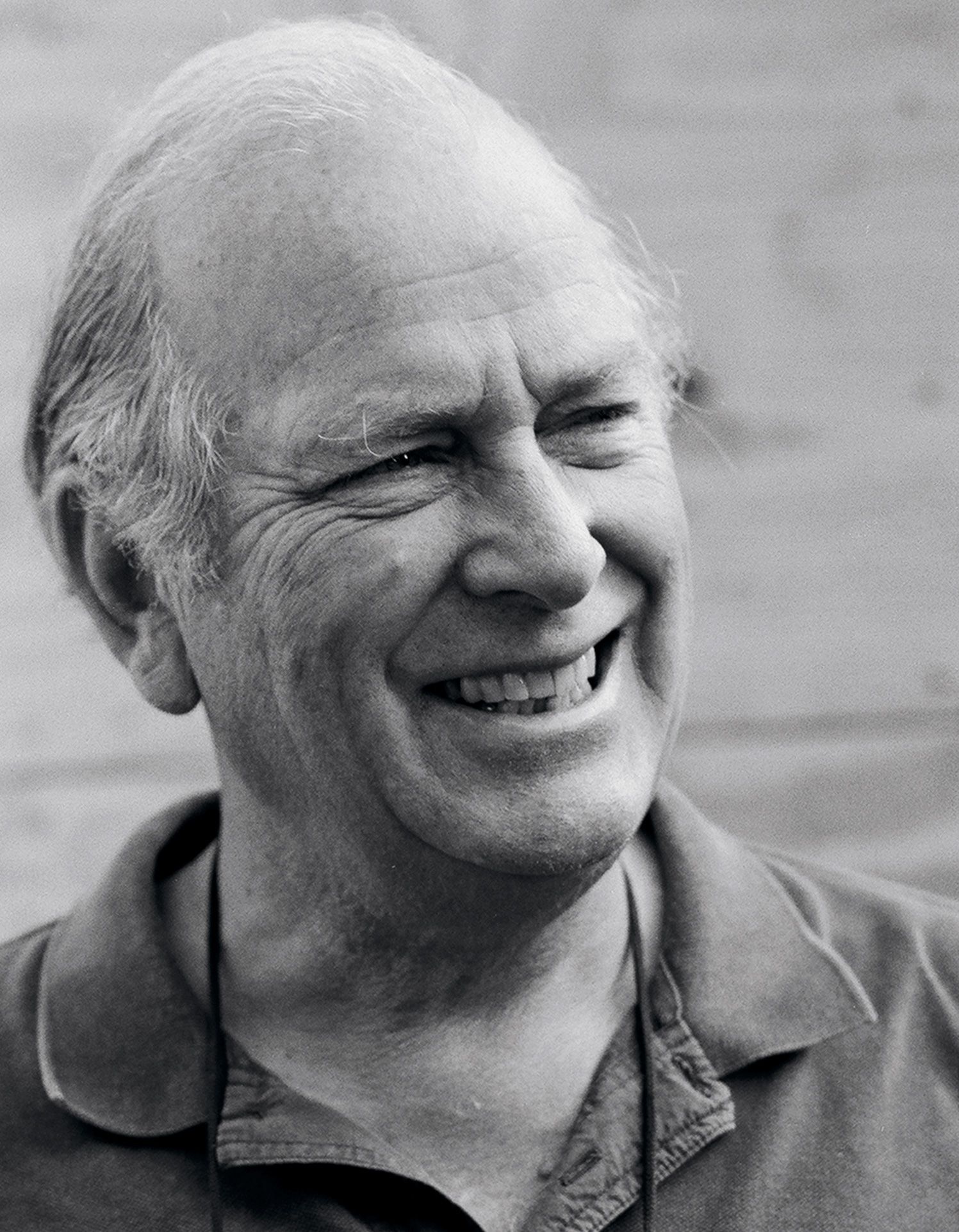
“There’s a real fascination in watching a craftsperson execute a task and solve a problem,” says Russ Morash, and that, in essence, is the show’s magic. Early in his television career, Russ, whose father was a house builder, would occasionally cross paths with a plumber or electrician arriving to fix something at his home as he was leaving for work. “I’d come back, and there’d be a bill on the table, but I really didn’t know what the person had done while I was away.” That got him thinking: Maybe there was a show in there somewhere, one that would document and demystify the home-renovation process. He convinced his employer, WGBH, to purchase a run-down Victorian-era house in a rough part of Boston, gathered up a crew, and started filming. The camera was heavy and cumbersome, attached by cables to a production truck. The format was unclear, except for the idea of seeing problems solved by people who knew what they were doing. The series was broadcast locally at first, but soon went national. As of this year, This Old House and its 17-year-old companion show, Ask This Old House, have won 19 Emmy Awards and been nominated 96 times.

“You have to be willing to let yourself make mistakes, then move on. My father used to say, ‘You can make mistakes—just don’t make the same one twice.’ “
—Norm Abram
“Working with your hands is deeply satisfying.” Norm was 29 years old and doing some carpentry at Russ’s house when Russ asked him to come work on the Dorchester project. “I remember thinking, I don’t even know what you do or how TV gets made,” but he went anyway. “So there I was, up on a wood pump jack, no rails, with sagging planks,” Norm says, shaking his head. Safety and sophistication have increased since that first project, but his take on the appeal of the show squares with Russ’s, and it’s something he wants the current generation to understand: “To think through a problem and then use your hands to achieve the solution…you can stand back at the end of the day and say, ‘Wow, I did that.’ It’s a message that’s gotten lost in recent years, and I’m glad the show still broadcasts it strongly.”
“Because of all this, I’ve met a NASA astronaut at Cape Canaveral, shipped out on a nuclear submarine, stood on the top of the north tower of the Golden Gate Bridge, flown in a Blue Angel fighter jet, and appeared on the David Letterman show. Pretty unbelievable.”
—Norm Abram
“There’s still a place for wood,” Norm says. Over time, he’s observed a downside to synthetic trim. Since it doesn’t rot or absorb water so that paint pops off, it doesn’t show what’s happening behind it. “There can be water infiltration problems that it hides,” he says. For his own home, he likes Alaska yellow cedar for trim, painted on all six sides. Tom adds, “Even with all the new materials, never ignore the old best practices,” like proper flashing, adequate drainage, and allowing the building to breathe. “Like I always tell people,” he says, “water kills houses.”
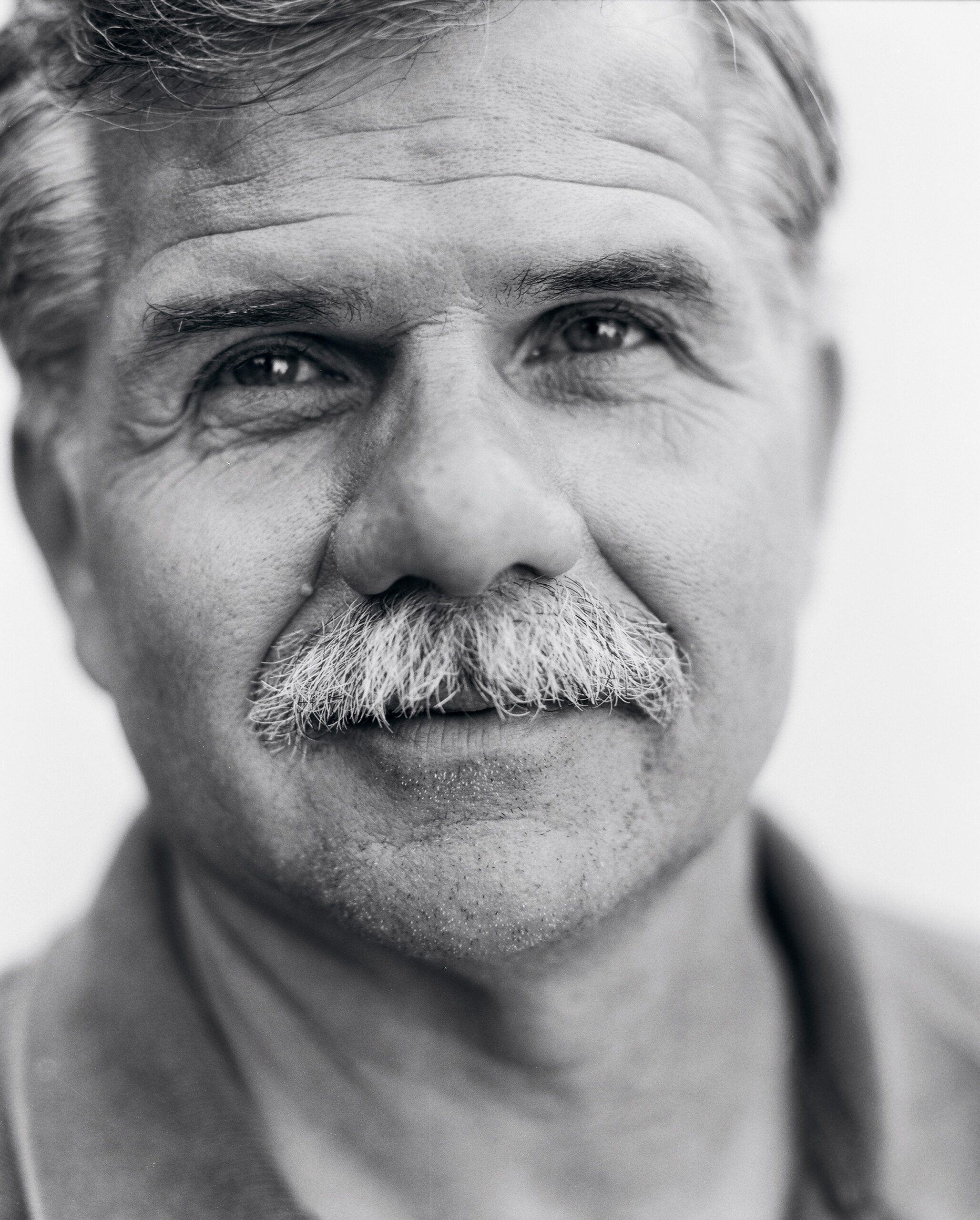
“Whatever your budget, whatever the project, plan for surprises.”
—Tom Silva
“Tailor your investment to your longevity in the house,” Tom says. If you’re going to move in five years, get some nice appliances, paint, and maybe refinish the floors. But if you’re sticking around, Tom advises homeowners to spend money on “the stuff you don’t see”—robust framing, proper flashing, extra insulation, high-efficiency systems. “Otherwise you’re going to end up having to deal with gaps in trim, doors that don’t close properly, rot, drafts, and high utility bills.”
In fact, his devotion to quality is what landed Tom on the show. He had told Russ, whom he knew from growing up in the same Boston suburb, about a top-notch custom cabinetry company out of Maine, whose product he was installing on one of his jobs. The year was 1986, and “I’d been telling Russ for years, ‘No way, I’m never getting in front of one of your cameras.’ The next thing I know, they’re coming to do a scene about this kitchen, and I’m setting the room up for Norm to come in and shoot. Then Russ walks in and pins a microphone on me.” Thirty-three years later, the microphone is still part of his world. “Which is fine with me,” says Tom, “because if I hadn’t been a contractor, I’d have been a teacher, which is what I get to be on the show.”
Another thing that Tom has observed over the years: “Be careful not to bring too many people into the mix. Take the professional advice of your designer and your contractor, plan out the project as carefully as you can, but beware of listening to your friends, relatives, and neighbors.” He’s found that they sometimes bring their own agendas to a project, and often late in the process, leading homeowners to ask what Roger calls the most expensive question on a job: “Can we change that?”
“The best way often isn’t the easy way,” Tom says. That applies to “the stuff you don’t see,” like insulation, air sealing, and high-efficiency HVAC equipment, as well as things you see every day. Referring back to the Manchester-by-the-Sea project, an extensive restoration of a Shingle-style beauty, he recalls how the most important view in the house—from the kitchen, across the dining room, and out to the harbor—was going to be compromised if the house’s original ceiling height was retained. He spoke to the owners and got their blessing for the crew to stiffen each existing ceiling joist with a thin strip of steel and a new, narrower joist of engineered wood—a flitch beam. They then shaved down the original by a crucial couple of inches, raising the ceiling and “making a huge difference in how the room felt and how the outside came in.” It took about three extra days of work and has paid off on a daily basis ever since.
Similarly, he made sure the ancient Acton Colonial, circa 1710, looked right after it was re-sided. How? By tapering all the clapboards so that the eye sees them as parallel, rather than skewed by the underlying out-of-square building. More recently, when he saw how a newel post in the entry of the Belmont Queen Anne was being extended to the ceiling to support a beam—a look that was not historical, and would have blocked critical sight lines—he devised a way to transfer the load elsewhere, allowing for a classic newel and a clear look into the house.
The fun never stops. Ever since Silva Brothers Construction showed up on a This Old House job site, a tradition of pranking the television production assistant has been solemnly observed (for more, see page 12). However, it’s not been a one-way street. Asked about their favorite TV filming take of all time, everyone on the show agrees that it went down one late afternoon in the fall of 1991, in the kitchen of the Wayland House. Tom was enlarging and reframing a window opening to accept a new replacement unit. His assignment was to explain to Norm and host Steve Thomas that “good building practice tells us that when we remove structure, we have to put it back.” The scene started with Tom’s brother Dickie cutting a short piece off the end of a 2×4; then the guys would walk in and start talking as the camera followed them to the window opening. “Good building practice tells us that when we remove structure, we have to put it back”—Tom simply could not get that line out. Over and over the scene was broken, and a retake started. After a while, the pile of cutoffs on the floor beneath the saw grew; sometimes the scene would break as soon as it began, as Dick couldn’t keep a straight face. “I knew I was in trouble,” Tom says, “when Russ went and got a chair.” By the time it was a wrap, the sun was setting and the scrap pile held 17 pieces.
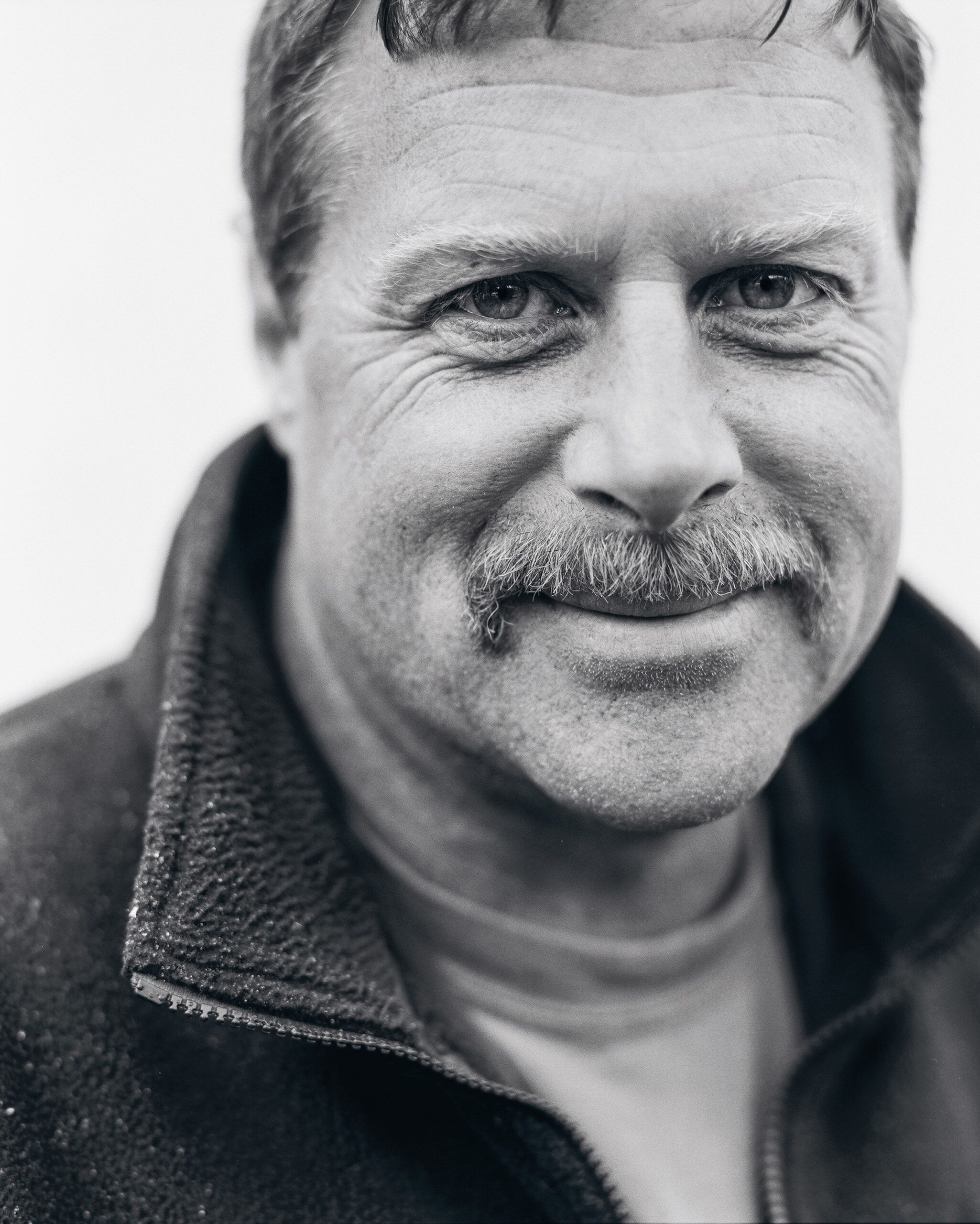
“My strongest memory is when we raised the flag on the Manchester House the day after 9/11.”
—Roger Cook
“Do the spadework,” says Roger. “And I mean it literally.” Long before he shows off one of his gorgeous finished landscapes, Roger’s been showing viewers the hard work necessary to allow those plants to thrive over time. “We’ve always relied on hand tools to prepare the soil, but the rise of the Bobcat has let us do more good work more quickly,” he says. The principle of proper prep is everywhere on the show, from the tasks behind Roger’s fertile flower beds and never-heaving patios, to the time-consuming steps pro painters take to achieve a gloriously smooth surface, to the secrets of a tight miter joint, to the virtues of gluing and screwing—often summarized by one of the guys’ favorite phrases, “That’s not going anywhere.”
“Preparation is key to success. If you take the time to prepare the site, you’ll get good results. That means when you put in a patio, excavate all the topsoil so the patio doesn’t move on you. When you create a plant bed, dig down and work the soil, then add lots of compost. It’s hard work, but it pays off down the road.”
—Roger Cook
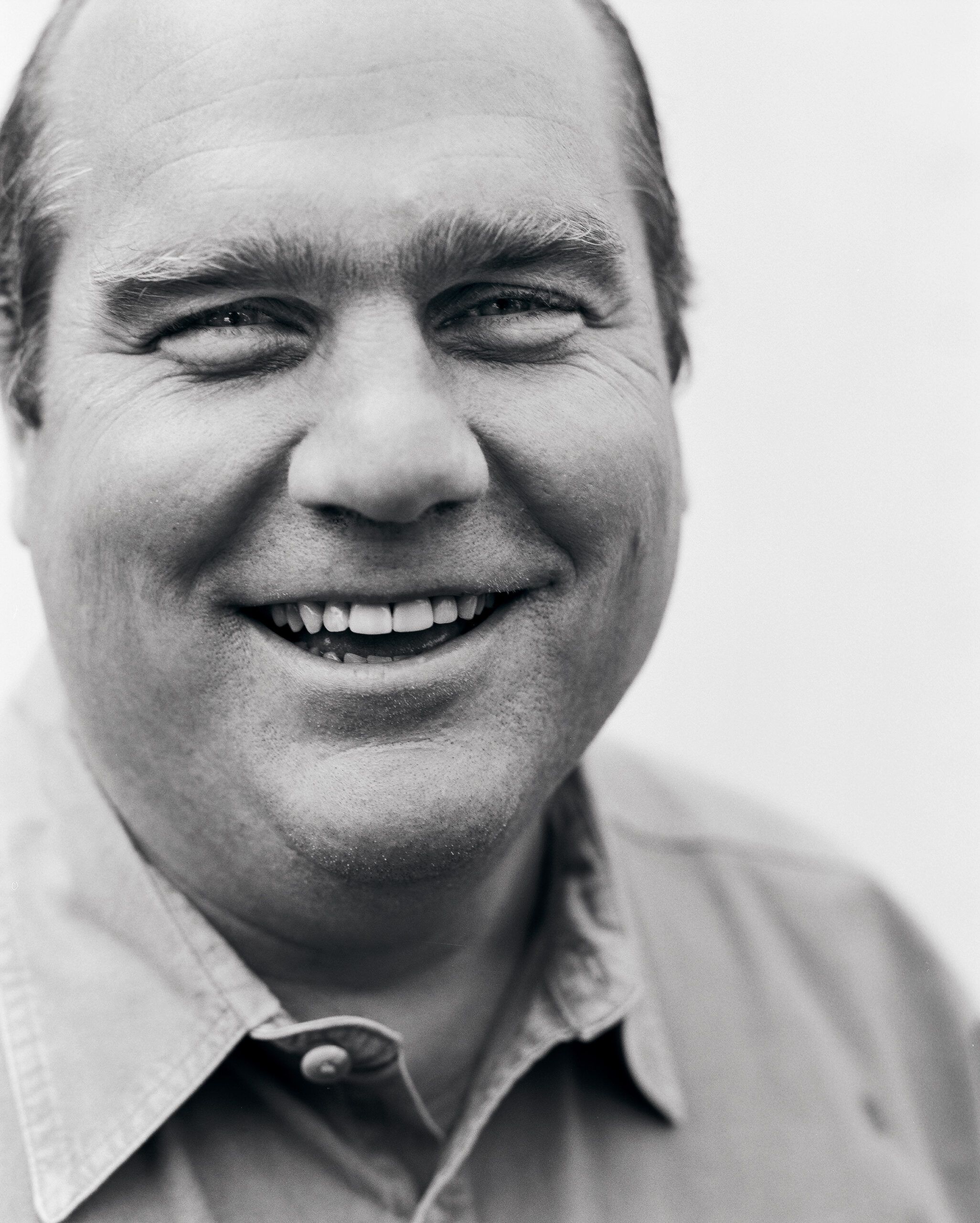
“In our heart of hearts, we’re all teachers. And the classroom is very big.”
—Richard Trethewey
It’s all about the tools. Everyone points to the evolution of tool technology over the past decades, though one constant is, as Russ puts it, “You can’t get professional results without professional tools.” And unlike in the early days, such things are now available to consumers. Russ’s favorite is the wet saw, which allows him to tile with confidence. Richard cites the rise of non-soldered pipe connections as a big step forward: “Press-connect and push-to-connect fittings like SharkBite, along with PEX piping, have made plumbing much, much faster and more accessible to the nonpro.” Kevin marvels at the improvement in battery life and power. “There’s a lithium-ion-powered version of just about everything, from circular saws to hammer drills,” he says, “with the expectation of quiet, efficient, clean operation.” Dust collection, another technology that’s come far, is now a standard feature on most cutting and sanding tools.
Materials have advanced as well. Tom and Norm both appreciate the structural strength that engineered beams and new fastening systems have brought to building, and the rise of synthetics has meant longer life for exterior trim and decks.
Richard is proud of how the show itself has played a role in bringing new technology into the mainstream. “Spray-foam insulation, cementitious siding, stress-skin paneling, radiant floor heat, high-velocity flexible-duct air-conditioning, insulated concrete forms, laminated prefinished flooring—we were the first to show them, and that accelerated their adoption.”
Richard and Norm recently paid a visit to the Sante Fe project of 1990, where homeowners Joe Anna Arnett and Jim Asher opened the door and greeted them “as if we’d never left,” says Richard. “And when we dropped by Johnnie’s Cash Store next door, where we’d bought homemade tamales for every crew lunch, the tamale guy looked up and said, ‘Hey, welcome back!’ “
Even though Norm says that “fame is no big deal,” it’s that kind of authentic appreciation from fans everywhere that keeps the whole band playing. Richard puts it this way: “You get so much more out of life when you’re part of a ‘we.’ “
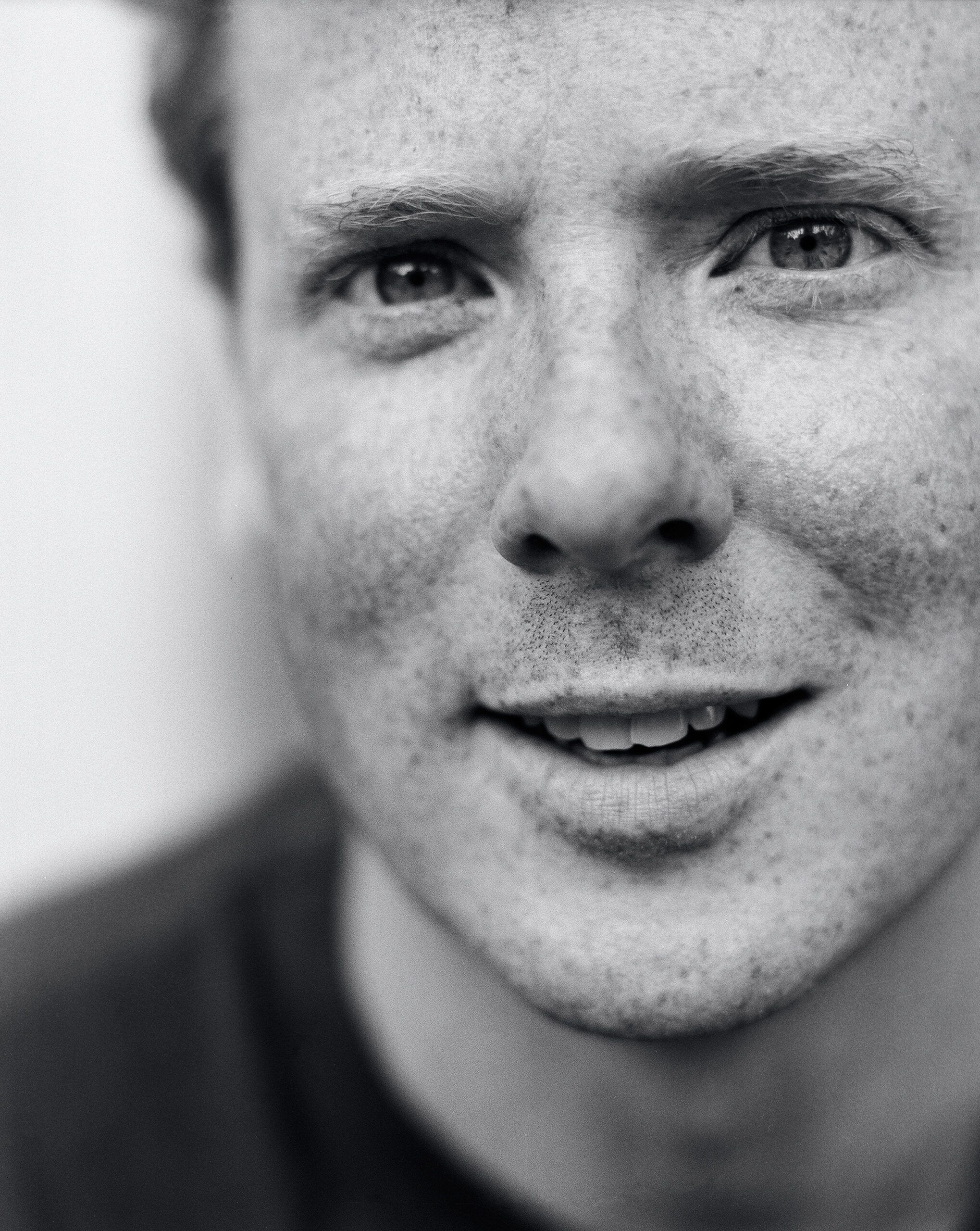
“Don’t touch the electrical service panel or the heating equipment. Leave that to the professionals.”
—Kevin O’Connor
The next generation needs support and encouragement. All the guys worry about the struggle to get young folks to join the construction workforce, but all see signs of hope. Kevin has met a few who have virtually the same story: “Against all the odds and advice, these kids said, ‘Nope, I’m going to do this. I can’t suppress the urge.’ They’re in it because they just have to be.”
Watching real pros at work on television, some can see themselves, and This Old House ‘s GenerationNEXT apprenticeship initiative makes that vision even more compelling. Richard recently met a couple of young plumbers-in-training at a trade show. “They’re enrolled at a vocational school, and I asked them how that happened. They both said, ‘You guys.’ That felt really good.” Norm points to a K–8 charter public school begun by one of his favorite organizations, Old Sturbridge Village, with a mission to provide hands-on education. Working in and around the historic village, students learn through direct experiences in animal care, gardening, and wood and metal craft. “Money can help,” Norm says, “but it’s really about exposure at an early age.”
“The Lincoln Memorial in Washington, D.C., was my favorite side trip. The National Park Service person told us that we couldn’t film or speak inside the monument, but the woman in charge of the restoration of Lincoln’s statue walked up and said, ‘I control the scaffolding, and you guys can come up,’ which is how I found myself eyeball-to-eyeball with Abe.”
—Kevin O’Connor
“We are family.” For those working on or around the show, there’s a strong sense of connection. Maybe it’s the early call times in all kinds of weather, or the shared adventures on the road, around the country and overseas, or the bonds formed with homeowners, craftspeople, manufacturers, and fans over all these years. Or maybe it’s the wrap parties, which are legendary and whose details must be left for another time. In any case, Kevin says, “Once you’ve broken bread with This Old House, you belong.”
Bruce Irving is a home-renovation consultant and real estate agent in Cambridge, MA. He was producer of This Old House from 1988 to 2006.

